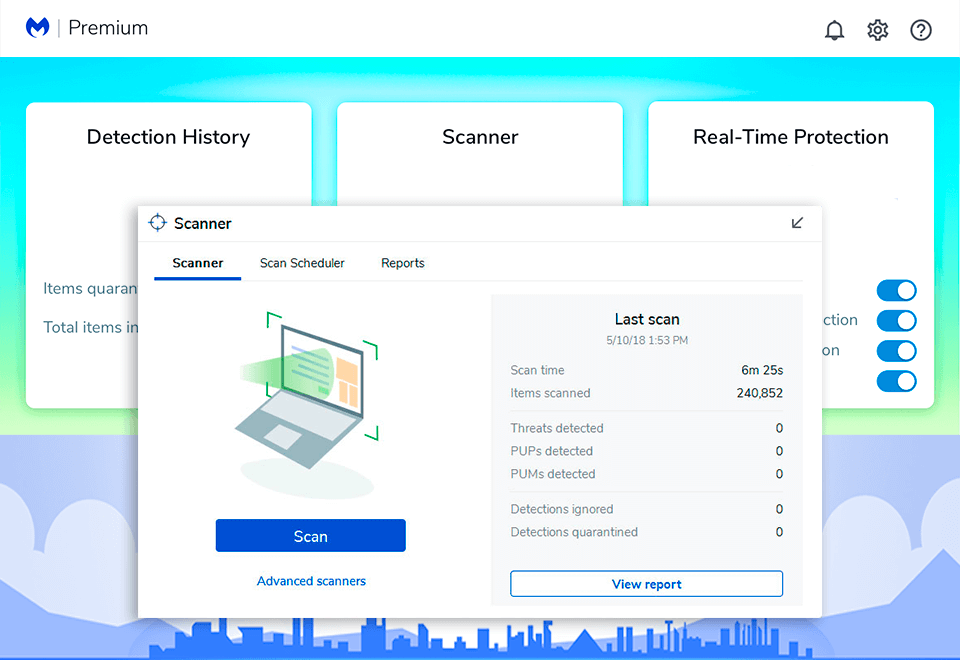

- #Malwarebytes free version 32 bit update#
- #Malwarebytes free version 32 bit driver#
- #Malwarebytes free version 32 bit full#
#Malwarebytes free version 32 bit full#
Therefore, Malwarebytes does not submit its apps to the full gauntlets provided by AV-Test and AV-Comparatives, whose testing takes special notice of zero-day security. Limited testing by independent labs: The company asserts that the average "zero day" malware (the kind that's too new for there to be reliable detection/removal) has only a 55 percent detection rate, which can make a given antimalware app look worse than it is when subjected to a barrage of zero-day infections during testing. This kind of transparency about your data - and the deliberately limited extent of it - is good to have, and it's not as common in the security industry as it should be.

Its full privacy policy even includes detailed and simplified explanations side-by-side. In the description on its website, Malwarebytes itemizes basic things like, how many people are running the free version, trial version, and subscription versions? Where is Malwarebytes being used globally? What malware is being detected the most, and how often? This covers the anonymous usage data that it collects. Take the "Usage and Threat Statistics" toggle, for example. Generally speaking, Malwarebytes' scanning tech is rated favorably by independent testers, such as West Coast Labs and Google's VirusTotal service, and it's cultivated a reputation for not bogging down your PC.ĭetailed, plain-English explanations: While other security vendors often slather on fancy-sounding terminology, Malwarebytes is good at telling you exactly what a given feature is doing. This is actually the preferred reflex, since PUPs aren't necessarily harmful, and extracting them can disable the program that they came with. Malwarebytes defaulted to placing these files in quarantine rather than deleting them.
#Malwarebytes free version 32 bit driver#
The scanning engine remains high-quality: During our tests, the app's malware scanner picked up some files and a Registry entry left over from an apparently incomplete uninstallation of a third-party driver management utility that, according to Malwarebytes, may have bundled a potentially unwanted program (PUP). This was the only truly major issue we saw in version 3.0, so addressing it brings Malwarebytes back up to "recommended" status. However, we can report that we didn't see any BSODs in Windows 10 during our testing of 3.2. As a result, there wasn't a lot to distinguish the paid version from the free one. It's stable in Windows 10: With version 3.0, some users (us included) experienced seemingly random blue-screen errors in Windows 10 unless we disabled most or all of Malwarebytes' active scanning functions. With version 3.2, the company claims it has corrected some major issues, so let's take a look at how this revision stacks up.

#Malwarebytes free version 32 bit update#
Malwarebytes 3.0 was a major update when it arrived in December 2016 - and like many major updates, some aspects were a little rough, particularly stability within Windows 10.


 0 kommentar(er)
0 kommentar(er)
